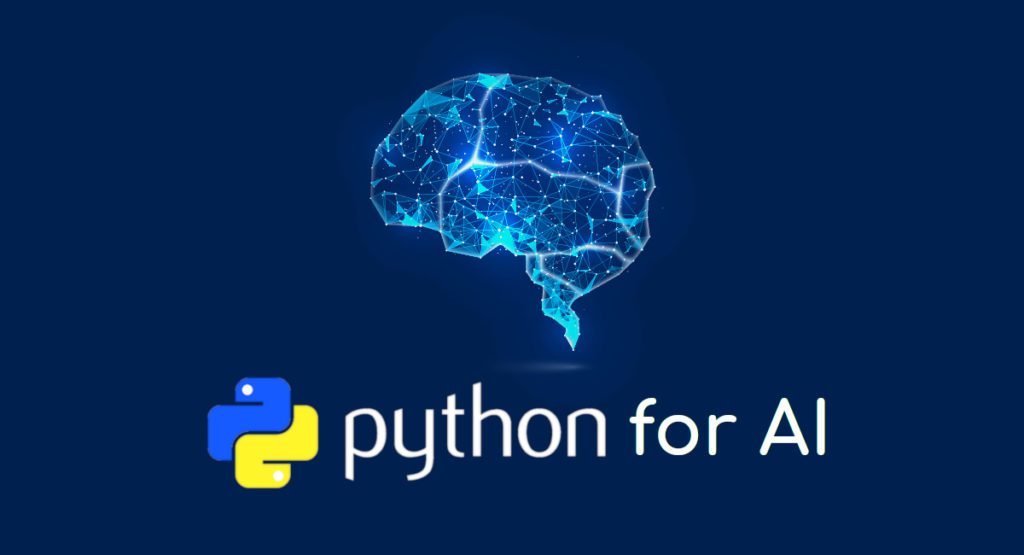Learn The Basics Of Python In Six Minutes
Learning to program or begin with a new language is not easy: We're sure your mind is racing with all of the new concepts you need to absorb, and the onslaught of knowledge might be daunting at times.
Python is currently one of the most popular—and well-paid—programming languages globally.
This guide will teach you the fundamentals of Python. This Python training is ideal if you are new to Python programming. You will be familiar with Python programming after finishing this guide.
Why learn Python?
It's a programming language that's been around for almost 30 years, and millions of individuals worldwide use it. Python is simple to learn, making it an excellent choice for beginning programmers. It also increases your productivity when writing code, so this guide will assist you in wanting to get started with coding or enhancing your current skill set!
Python installation is relatively simple, and many Linux and UNIX systems now contain a modern Python. Some Windows machines (particularly those from HP) now come pre-installed with Python.
Here we start with the basics of Python Programming:
Syntax
There are no required statement termination characters in Python. To begin a block, indent it, and to end it, dedent it. Statements that need an indentation level get followed by a colon (:). Comments are single-line strings that begin with the pound (#) sign; multi-line strings are for multi-line comments. The equals sign ("=") to assign values (in actuality, objects with names), whereas the equality sign ("==") test equality. Using the += and -= operators, you may increase or decrease numbers by the right-hand amount. This works with a variety of data kinds, including strings.
Data types:
Python data structures include lists, tuples, and dictionaries. The sets library contains sets (but are built-in in Python 2.5 and later). Lists are one-dimensional arrays, and dictionaries are associative arrays (commonly known as hash tables). Tuples are immutable one-dimensional arrays (Python "arrays" can be of any type so that you can combine integers, texts, and so on).
Strings
Its strings can contain either single or double quotation marks, and you can put one type of quotation mark inside another (for example, "He said 'hello.'" is legitimate). Strings with many lines are in _triple, and double-quotes.
Flow control statements
If, for, and while are flow control statements. Instead of using if, there is no switch. Use to iterate over the members of a list. Use range(number>) to get a list of numbers you can iterate through.
Learn data analytics online with Imarticus Learning
This placement-assured data analytics course will teach students how to use Data Science in the real world and build complicated models that yield critical business insights and projections.
Course Benefits for Learners:
- Students must understand the fundamentals of data analytics and machine learning and the most in-demand data science tools and methodologies.
- Learners earn a tableau certification by participating in 25 real-world projects and case studies led by business partners.
- Recent graduates and early-career workers should consider enrolling in data science and analytics programs since they are among the most in-demand talents in today's industry.
Contact us through chat support, or drive to one of our training centers in Mumbai, Thane, Pune, Chennai, Bengaluru, Delhi, and Gurgaon.








